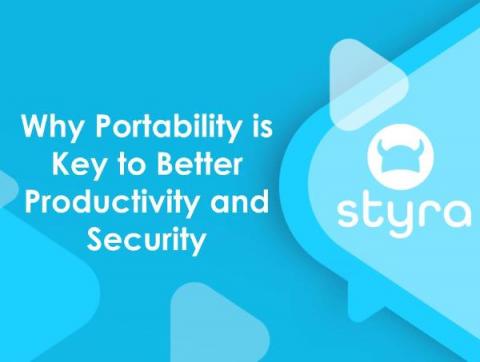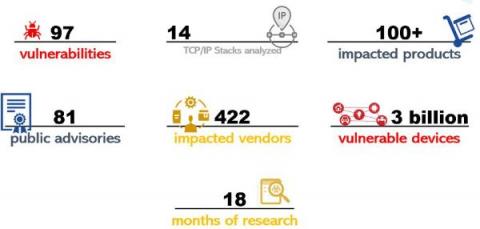Cyber Risk & Indicators of Compromise (IOCs)
Protecting your business against a cyberattack means diligently monitoring for activity that could indicate an attack is in progress or has already occurred. Locating these pieces of forensic data (such as data found in system log entries or files) ultimately helps you identify potentially malicious activity on your system or network.











